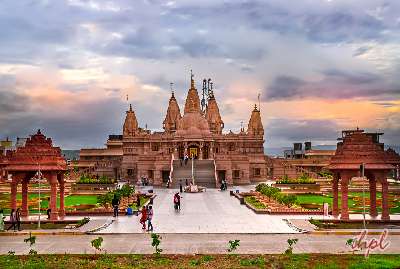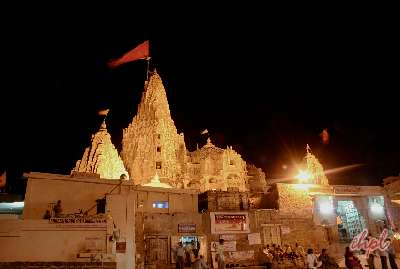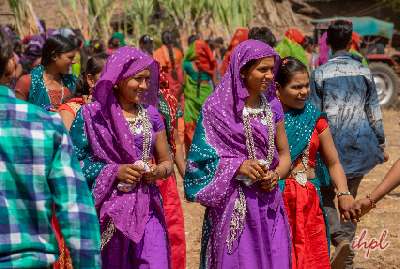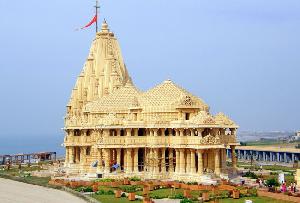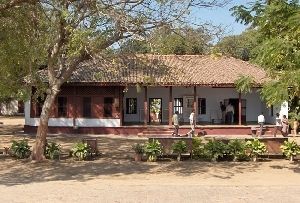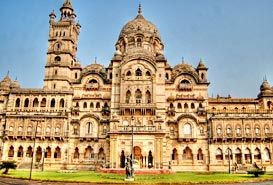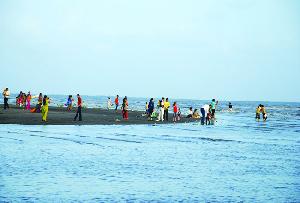A tour to Gujarat invariably calls for an unquenchable interest for the handicrafts of Gujarat. Handicrafts of Gujarat bears mark of its tradition and heritage. Embroidery, one of the most significant forms of handicrafts has block printing as the forerunner of its genre.
Origin
Block Printing on the whole dates back to the 12th century and was prevalent on the western and Southern part of the country. However, having its roots in the seventeenth century, and preserved by the Pathiapur families, the hand block printing in Gujarat has gained extensive market all over the world due to its ever lasting charm and appeal.
Amongst the Direct, Resist, and Discharge techniques of Block Printing, the resist block printing is used in Gujarat. The resist form of block printing is achieved by covering up the areas of the fabric that are not to be colored, with clay and raisin. The rest of the fabric is filled with vibrant colors which earlier used to be prepared mostly out of extracts of leaves, flowers and plant parts but as time passed, chemical dyes have replaced them.
After the coloring of the entire fabric, the cloth is washed which creates fine cracks in the mud smeared areas. The dye then seeps into these areas thereby giving the fabric a cracking effect. Later wooden blocks of teak with attractive patterns etched on them are used to create designs on the fabrics. They are popularly known as Sodagiri prints.
Ajrak, another form of block printing, mostly found in Anjar and Dhamadka regions in Kutch, depicts forms and figures of animals, birds, women in dancing postures. It is mostly to be found on bed covers, bed spreads and cushion covers representing vertical and horizontal borders around the main designs in the body of the textile. Fabrics from Ahmedabad and Baroda have motifs of mangoes on them.



